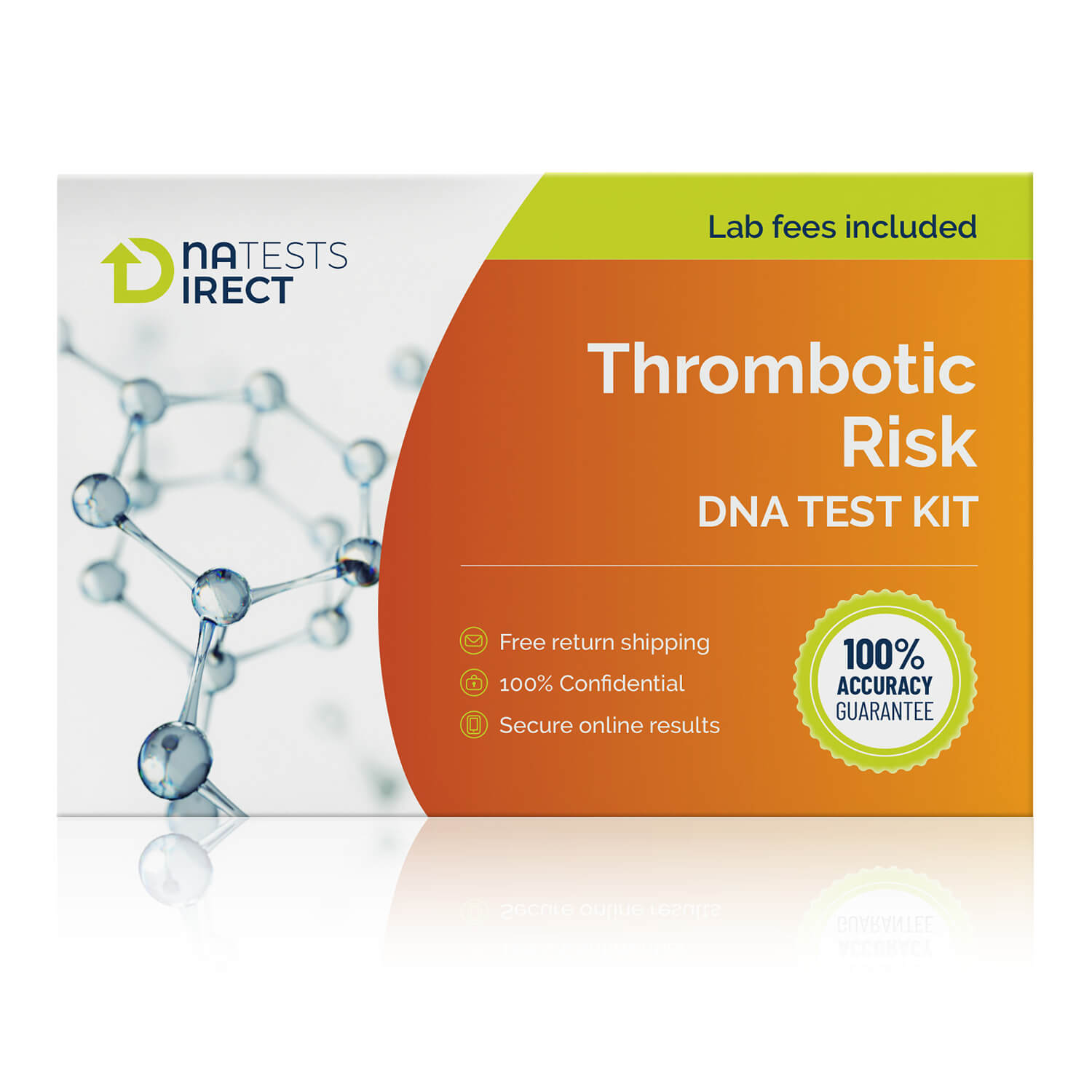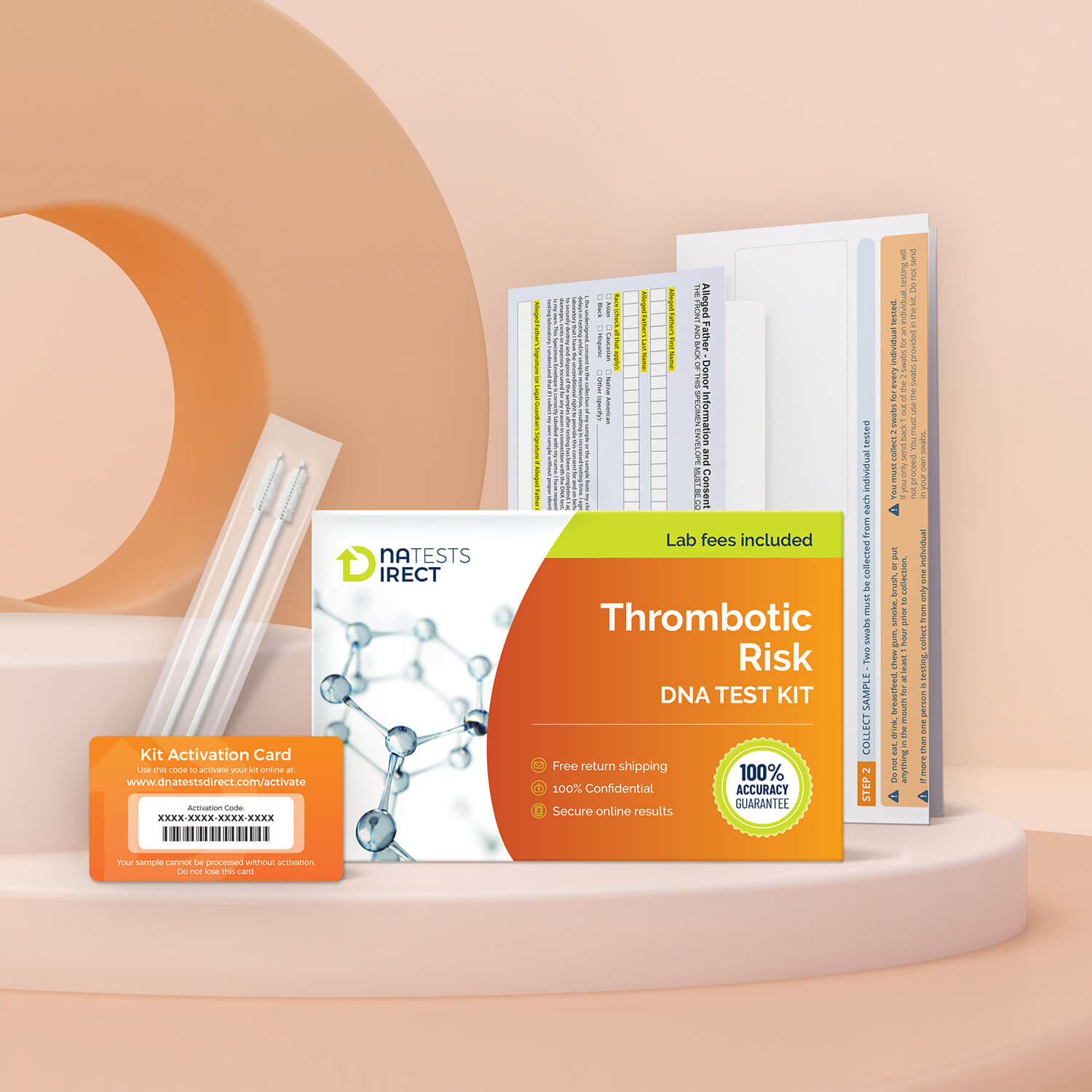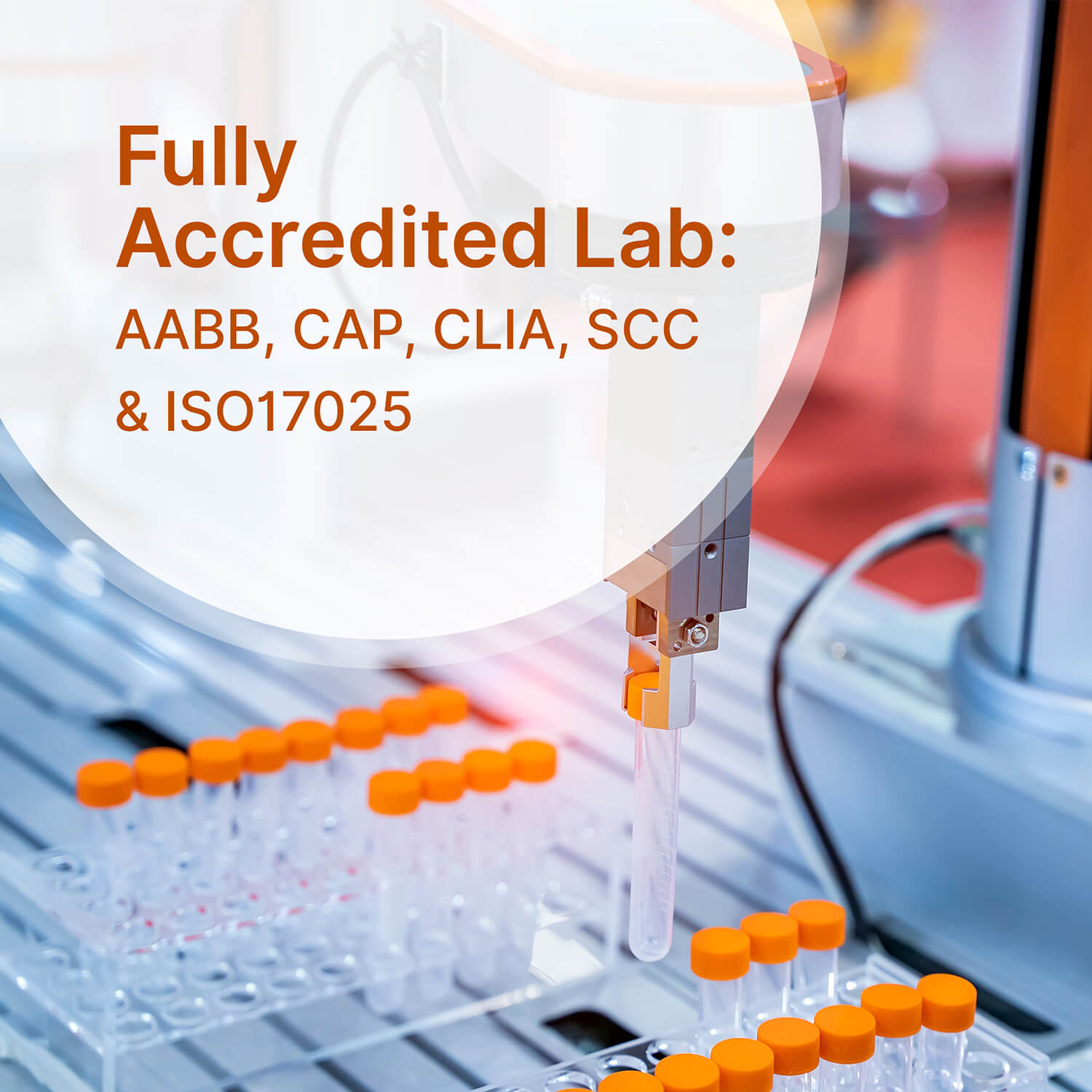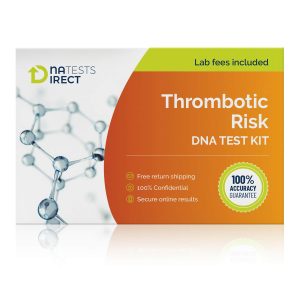 DNA Thrombotic Risk
DNA Thrombotic RiskDNA Thrombotic Risk
$195
What is thrombosis?
Thrombosis is when a blood clot forms inside a blood vessel and blocks the flow of blood through the circulatory system. Thrombotic risk refers to the likelihood of forming these dangerous blood clots.
- Online Results: Receive confidential results through a secure online portal, ensuring your privacy and peace of mind at every step.
- Painless Sampling: Collect your DNA samples with easy-to-use mouth swabs – no blood or needles required.
How It Works

Order

Send
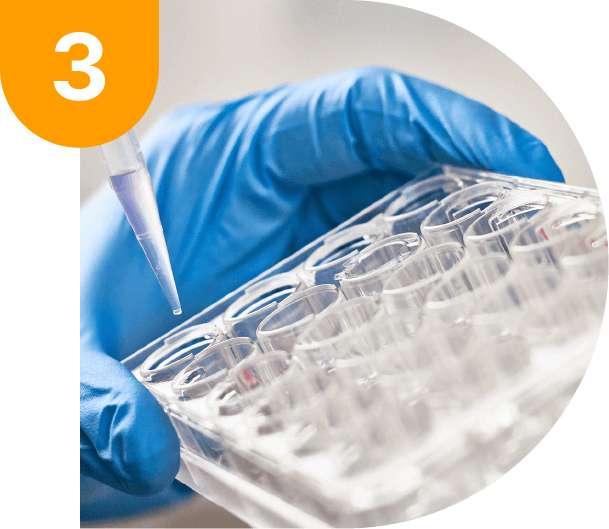
Receive your results

Results
Signs of a blood clot
Many factors contribute towards thrombotic risk, including a lack of mobility, smoking, obesity, surgery or injury, infections and disease, pregnancy, and hormonal changes.
However, “invisible” factors such as genetic changes that affect components of the blood clotting cascade also play a big role in your thrombotic risk.
Factor V Leiden mutation:
Factor V is a protein that promotes blood clotting. When it is not required, it is inactivated by protein C. The factor V Leiden mutation inhibits this inactivation, increasing the risk of abnormal blood clots.
Prothrombin G20210A mutation:
Prothrombin is another protein required for blood clot formation. In individuals carrying the G20210A variant in this gene there is an increase in prothrombin production, leading to an increased risk of abnormal blood clotting.
MTHFR mutations:
The MTHFR gene gives instructions to produce an enzyme involved in the conversion of folic acid to folate, which then helps convert homocysteine to methionine. Two MTHFR variants are linked to elevated homocysteine levels, known as hyperhomocysteinemia. Hyperhomocysteinemia increases the risk of abnormal blood clots.
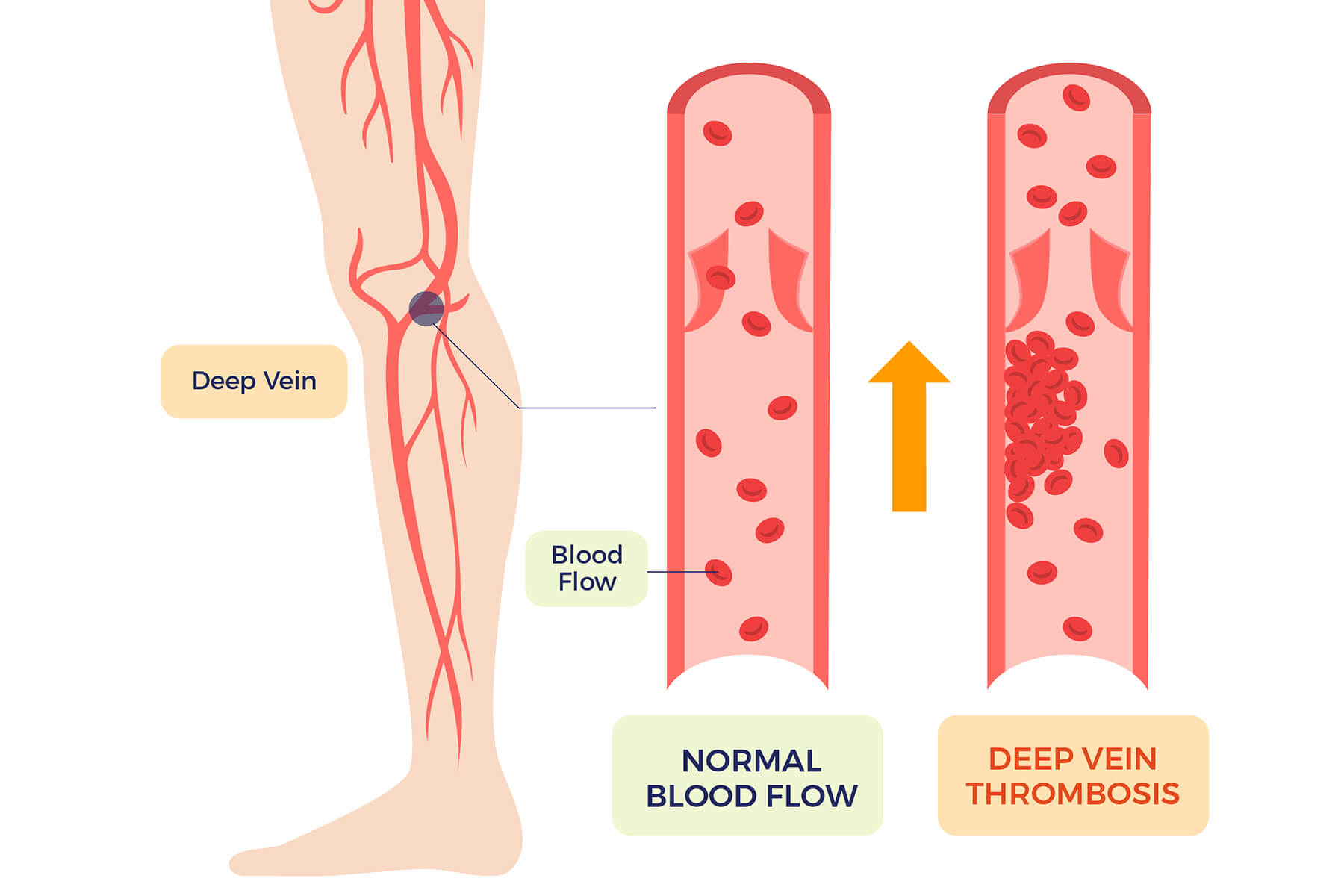
Genetic Variants Analyzed
This test examines key genetic variants related to thrombophilia:
- F5 – Factor V Leiden mutation (1691G>A)
- F2 – Prothrombin mutation (20210G>A)
- MTHFR – Two mutations (677C>T and 1298A>C)
Each person inherits two copies of these genes—one from each parent. Possible genetic combinations include two normal copies (homozygous normal), two mutated copies (homozygous mutant), or one normal and one mutated copy (heterozygous). The specific combination of F5, F2, and MTHFR variants determines an individual’s risk for developing thrombophilia.
Understanding Your Results
-
Factor V Leiden Mutation (Heterozygous 1691G>A) – F5 Gene
- 3X to 8X increased risk of thrombosis
- 2X to 11X increased risk of miscarriage
-
Factor V Leiden Mutation (Homozygous 1691G>A) – F5 Gene
- 10X to 80X increased risk of thrombosis
- 2X to 11X increased risk of miscarriage
-
Prothrombin Mutation (Heterozygous 20210G>A) – F2 Gene
- 2X to 5X increased risk of thrombosis
- 2X to 3X increased risk of miscarriage
-
Prothrombin Mutation (Homozygous 20210G>A) – F2 Gene
- >5X increased risk of thrombosis
- 2X to 3X increased risk of miscarriage
-
MTHFR Mutation (Homozygous 677C>T)
- Increased risk of thrombosis if folate levels are low
-
MTHFR Mutations (677C>T and 1298A>C)
- Increased risk of thrombosis if folate levels are low
Frequently Asked Questions
Once your sample is received by our laboratory, processing usually takes 6-8 weeks. You will receive an email notification when your results are ready, and you can access your detailed report through a secure online portal.
We take data privacy seriously. Your results are confidential and only shared with you. We do not share your results with insurance companies, employers, or any other third parties.
Why DNA Tests Direct?
Accredited Excellence
Your Privacy, Protected
Expert Support
Related Test Kits
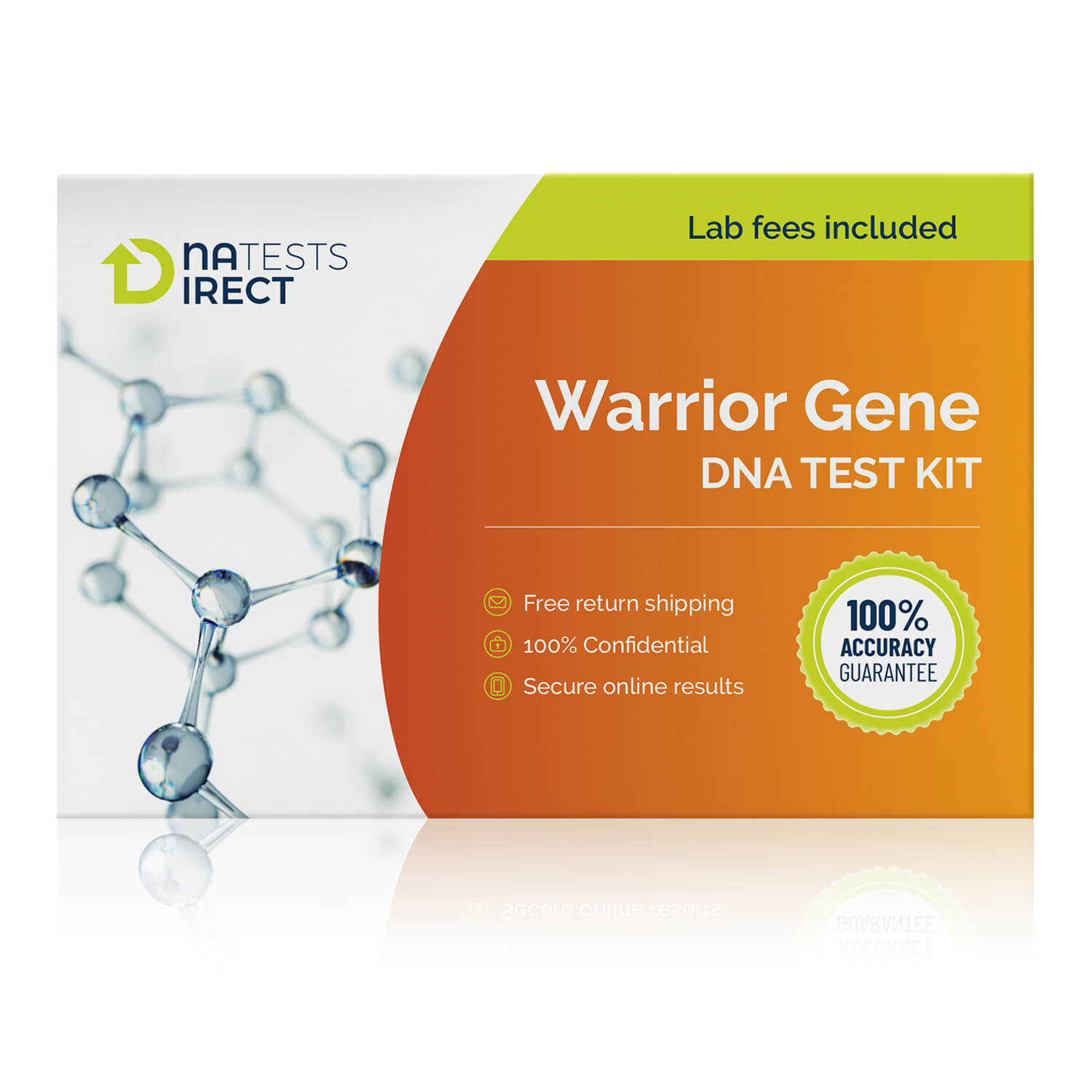
$149
Are you a risk-taker? Do you thrive under pressure? Discover your genetic predisposition for aggression, risk-taking, and other key traits with our easy-to-use, at-home Warrior Gene DNA Test.
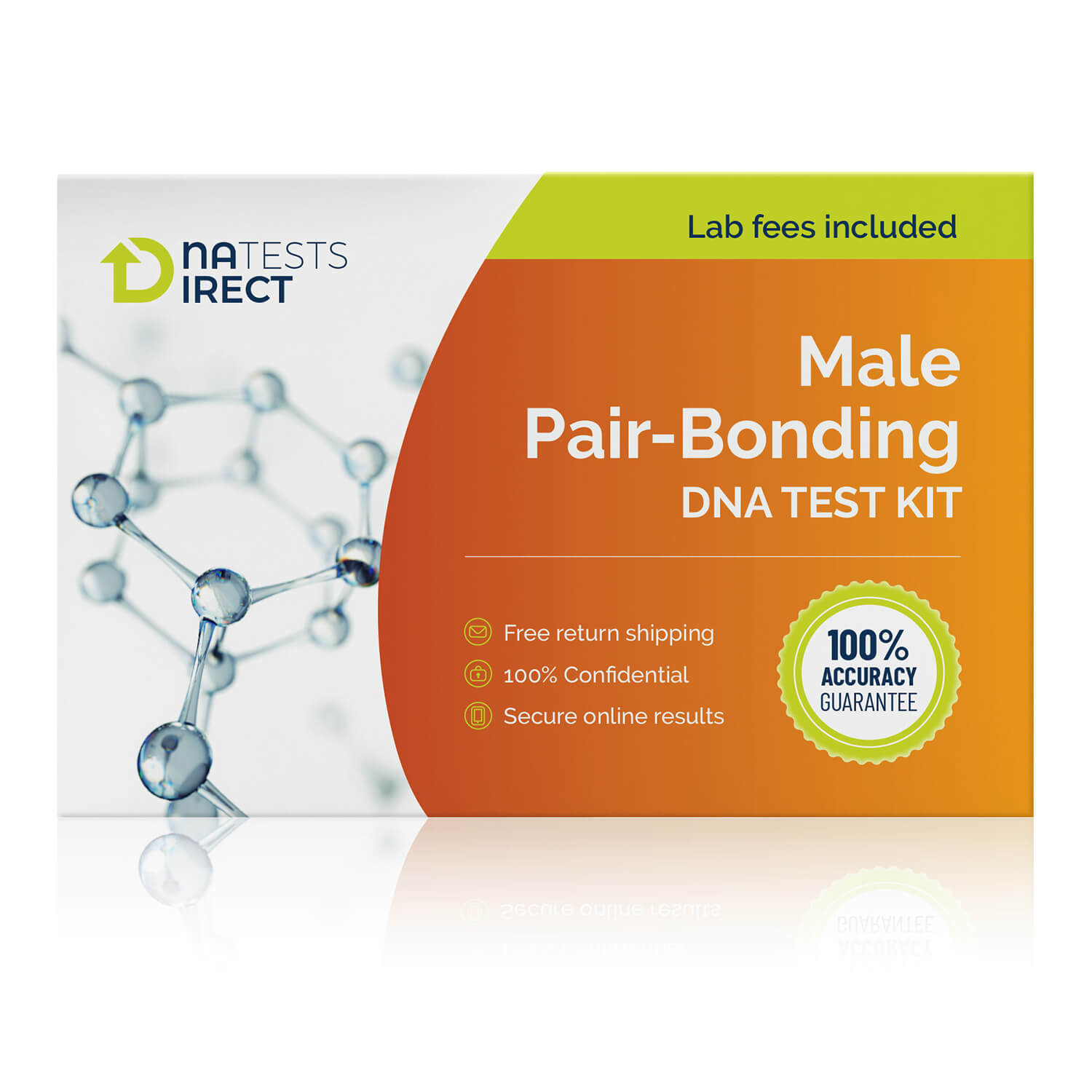
$149
Is it your genes that prevent you from making that long-term commitment to your partner? Find out if your fear of commitment is due to your genes.
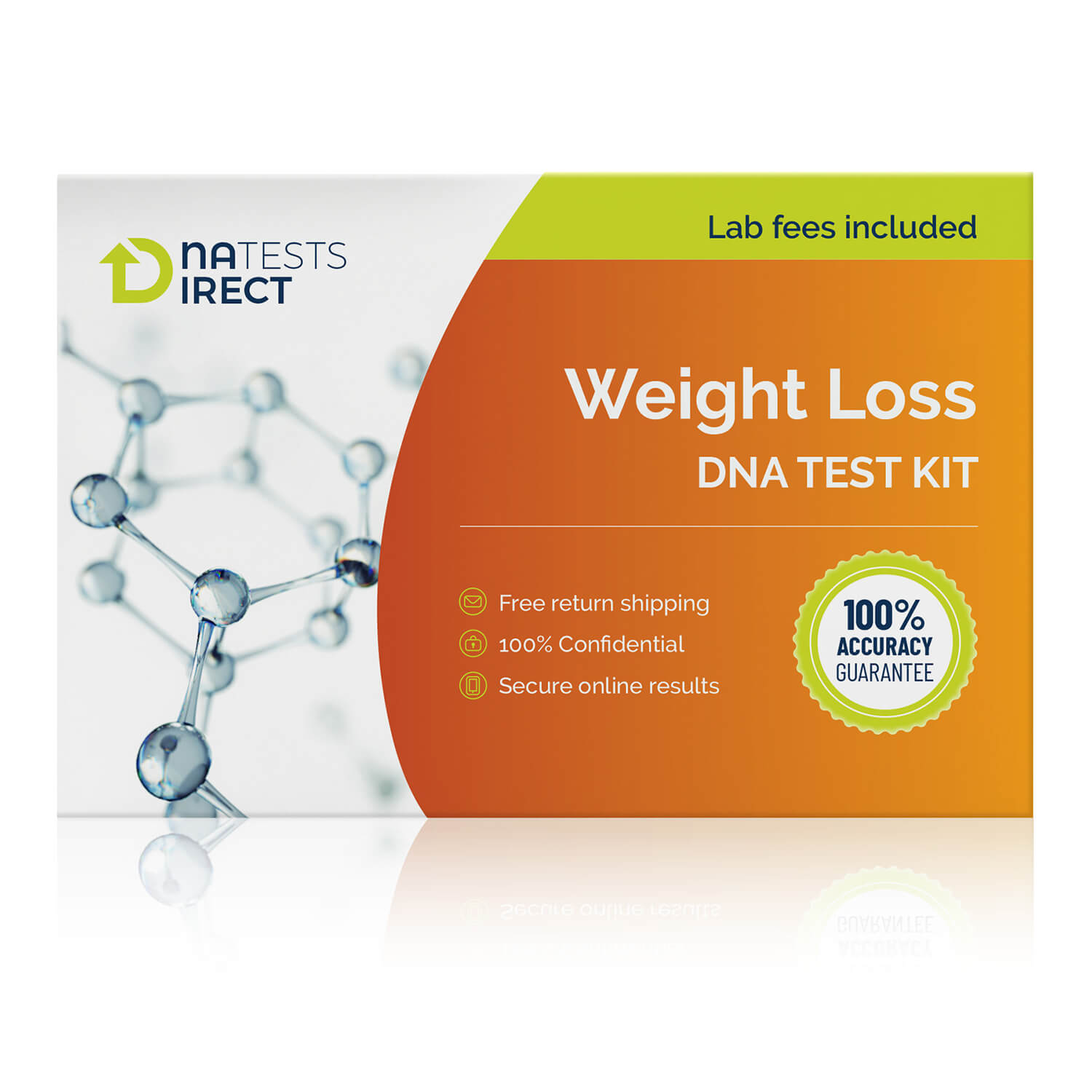
$249
Are you struggling to lose weight? Genes affect your ability to lose weight and maintaining it. Genetic changes can influence hormone levels, metabolism, our desire to overeat and motivation to exercise. Discover more about your genes and work with your DNA to fit into those designer jeans!
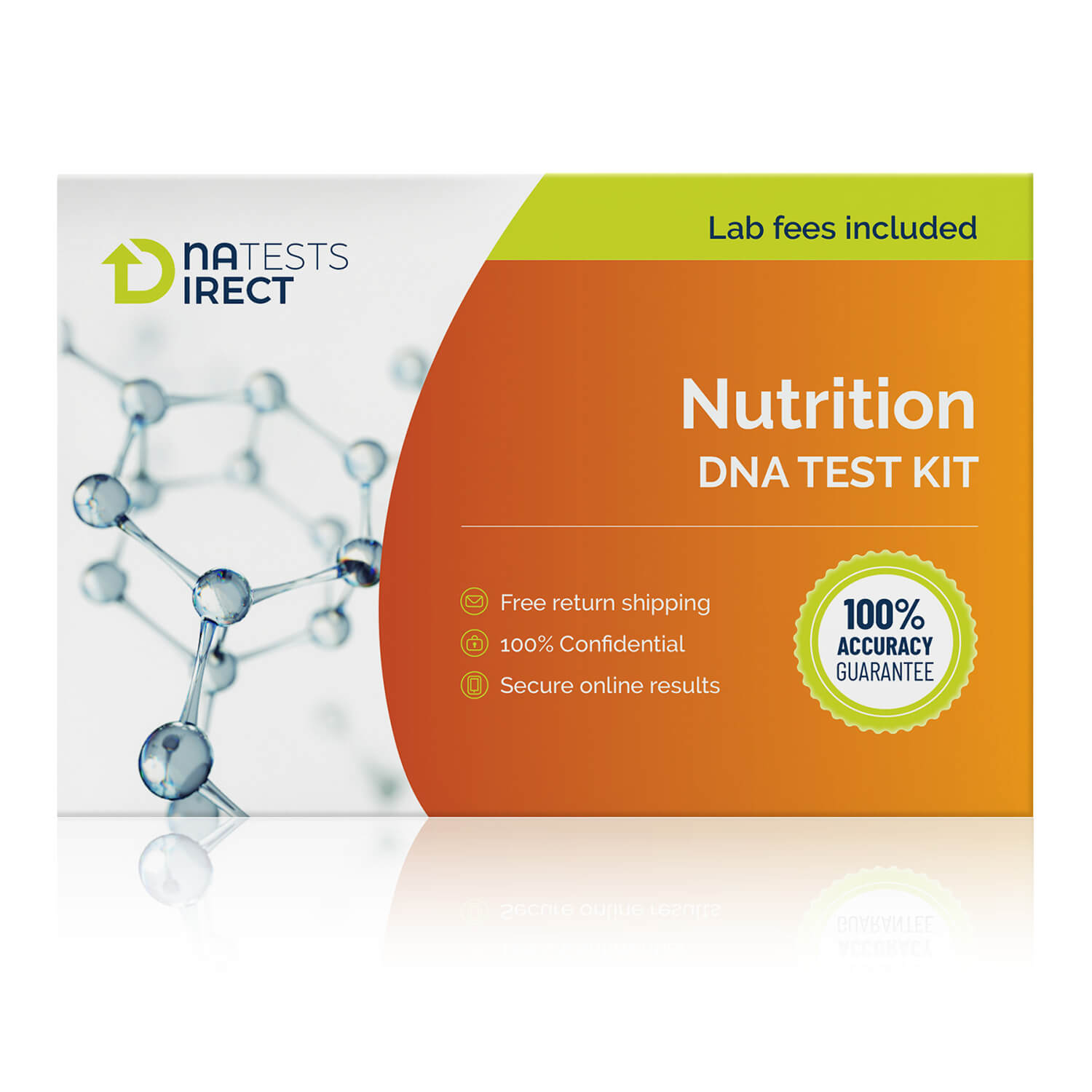
$249
Discover your body’s ideal fuel, pinpoint hidden deficiencies, and maximize how you absorb nutrients with our DNA Nutrition Test. This simple at-home test reveals how your body processes carbs, fats, vitamins, and minerals – giving you the power to fuel yourself right.
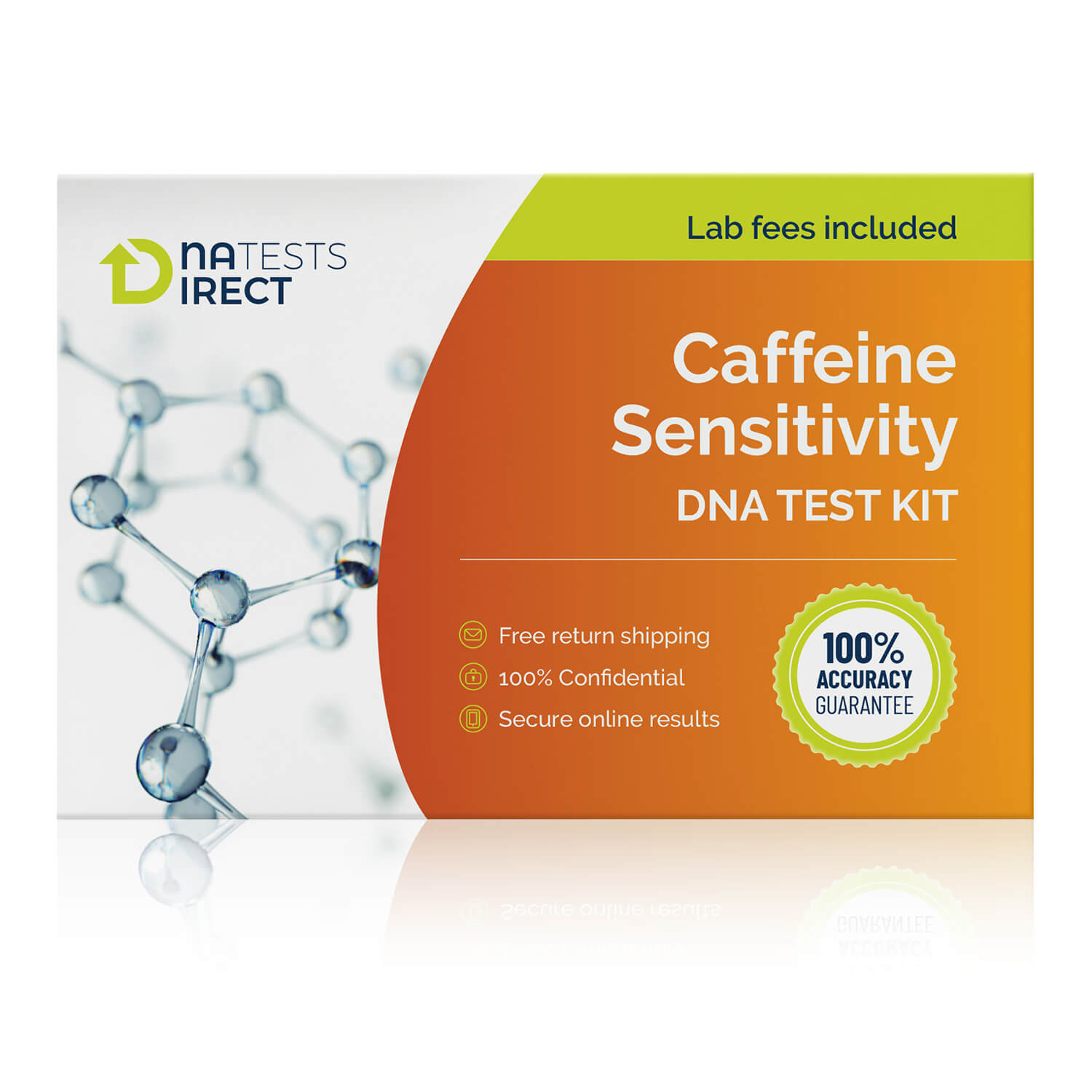
$149
Is caffeine your friend or foe? Our simple DNA test reveals if you’re a fast or slow caffeine metabolizer, so you can adjust your intake and feel your best.
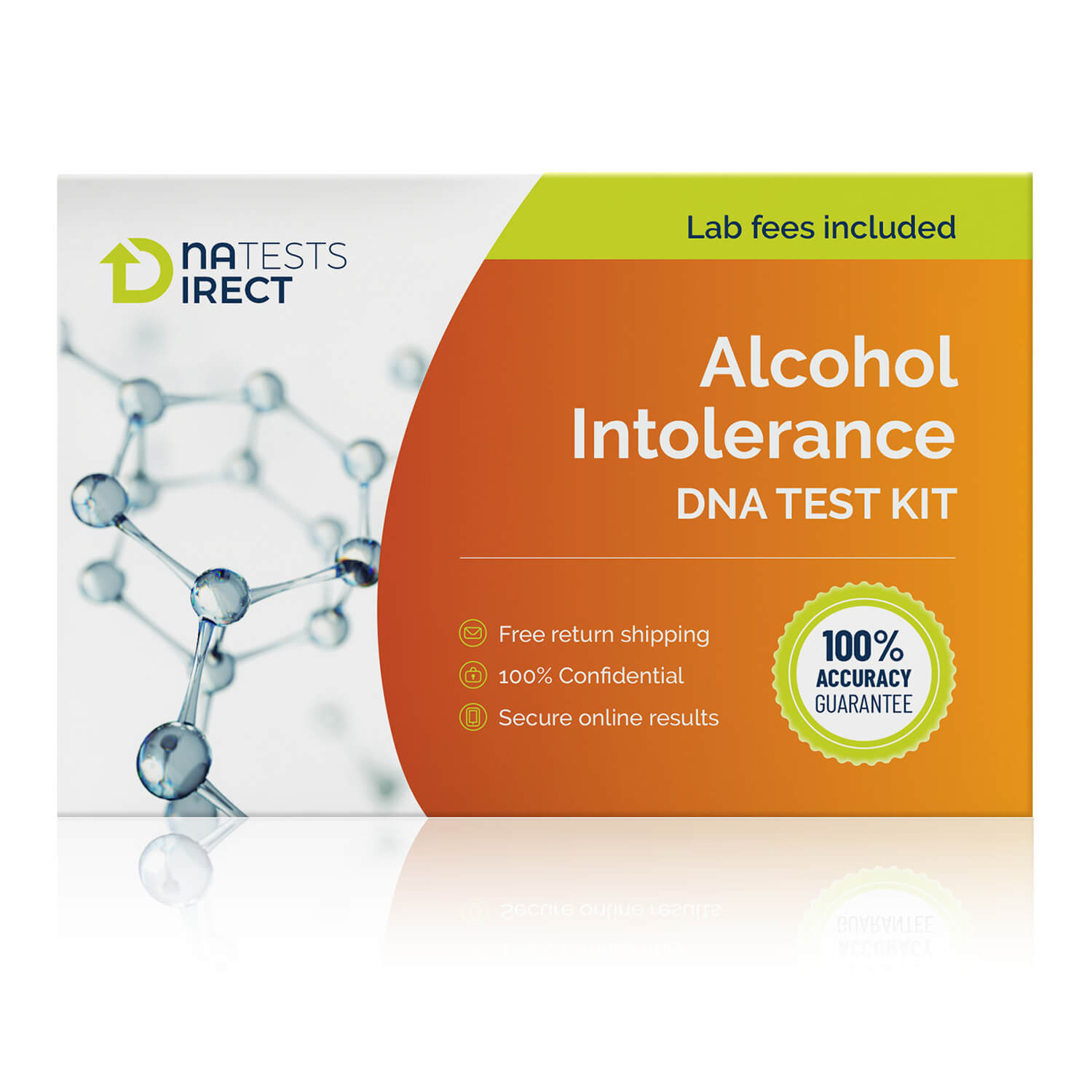
$149
Discover how your genes affect your reaction to alcohol with our at-home DNA Alcohol Intolerance Test. This simple test offers valuable insights, helping you understand and manage how you drink.
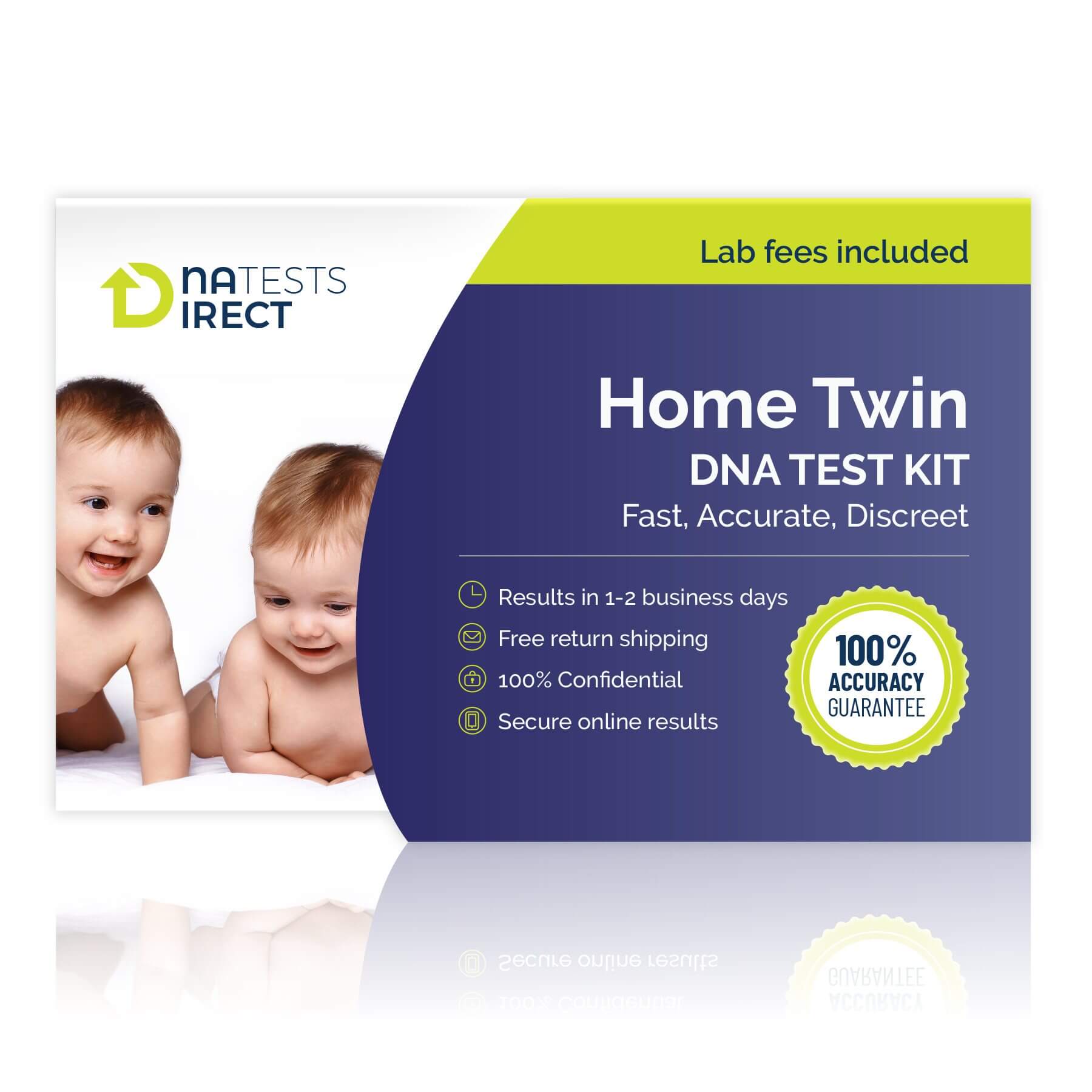
$149 $271
Conclusively determine whether a set of twins are identical or fraternal.
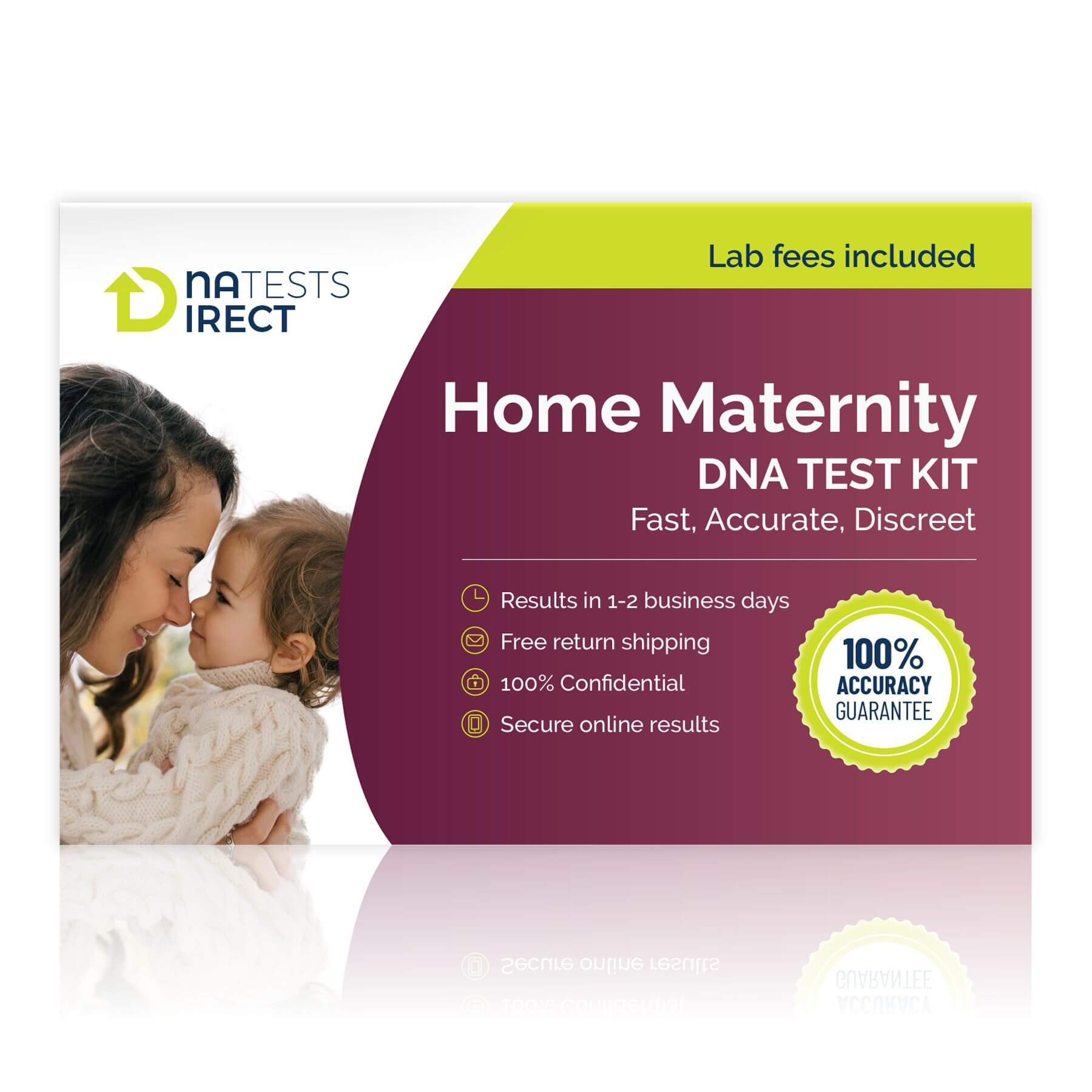
$149 $271
Confirm whether a potential mother is the true biological mother of a child.

